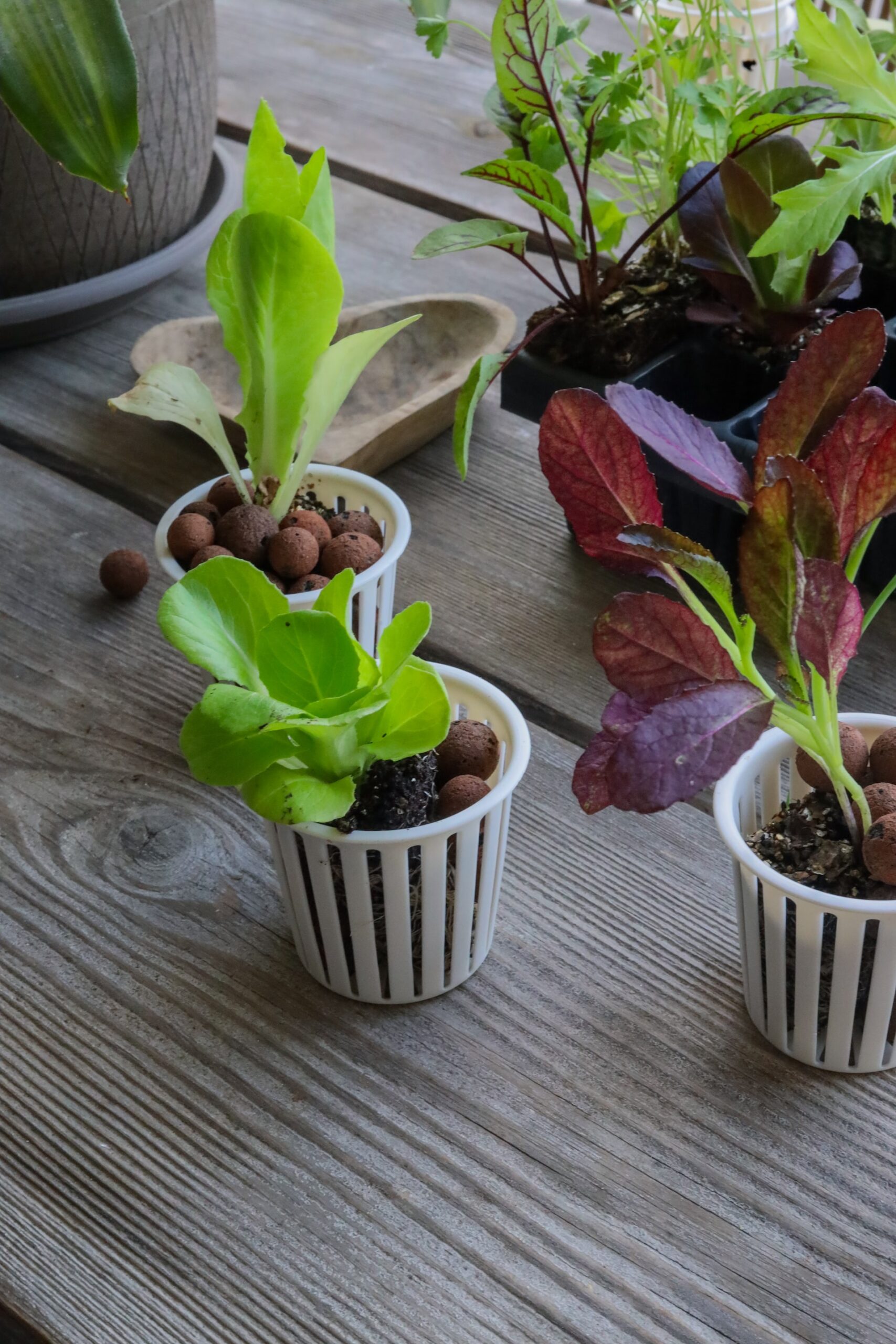When it comes to growing plants, many people are turning to the innovative concept of hydroponics. One such system, is the NFT (Nutrient Film Technique) hydroponic system. It’s an efficient and easy-to-use solution that can lead to amazing results. But what is it and how does it work?
The Basics of NFT Hydroponic Systems
At the core, hydroponics is the practice of growing plants without soil, using nutrient-rich water instead. This can be done in a number of ways, one of which is the NFT method. Essentially, NFT involves using a thin film of nutrient-laden water flowing over the roots of the plants, providing them with the essentials they need to thrive.
NFT is unique in that it allows plants to absorb nutrients more efficiently. Because the system is soilless, the roots are able to directly absorb nutrients from the water, without having to search through the soil. This efficiency is what makes NFT appealing to many growers. To understand more about this fascinating system, have a look at this in-depth guide on hydroponic systems.
Components of NFT Hydroponic Systems
For those interested in setting up their own NFT hydroponic system, there are a few key components to be aware of. First and foremost, you’ll need a reservoir to hold the nutrient-rich water, along with a pump to direct the water flow. Additionally, the system will require a setup of trays or channels for the plants to rest in and a series of pipes to return the unused water back to the reservoir.
One of the appealing facets of NFT hydroponic systems is their potential for DIY construction. With the right resources and information at hand, they can be created relatively inexpensively at home. Ready to get your hands dirty? Check out this DIY guide on creating your own hydroponic systems.
Setting Up an NFT Hydroponic System
Getting your NFT hydroponic system up and running involves several steps. Begin by choosing the right location. The system needs a flat setup area, and should get enough light. Then you’ll need to set up your reservoir, pump, trays, and pipes in accordance to your chosen build guide. Also, consider what plants you’ll be growing; they can have drastically different growing conditions and nutrient needs.
Naturally, among the most important aspects of the setup would be adding nutrients to your water and achieving an optimal pH level. This ensures that your plants get the nourishment they need, leading to the growth of healthy, lush plants.
NFT Hydroponic System Maintenance and Challenges
Once the system is up and running, it will need to be maintained. This includes regularly checking and adjusting the nutrient levels and pH, monitoring plant health, and replacing or cleaning components as needed. It is worth noting that plants grown in an NFT system can require a bit of extra attention – particularly when it comes to managing potential for plant disease due to the close-knit growing conditions.
NFT systems are not without their challenges. The continuous flow of water means there’s always a risk of pump failure, leading to potential root dehydration. Also, an overgrowth of roots can lead to system blockages. These challenges can be daunting, so it’s recommended to prepare yourself by checking this hydroponic guide, discussing plant-specific challenges in the system like for oregano.
Success Stories: NFT Hydroponic Systems in Use
Despite the challenges, many have been quite successful with NFT hydroponic systems. From home gardeners to commercial growers, these systems have helped make dreams of sustainable and efficient growth a reality. This success is undeniably due to the superior nutrient absorption and the ability to control growing conditions.
For some real-as-life testimonials of successful NFT hydroponics, check out these inspiring DIY setups.
In conclusion, NFT hydroponic systems are a versatile and efficient way to grow plants. They offer many benefits over traditional soil-based growing, from more efficient nutrient uptake to the ability to grow plants indoors year-round. Despite some potential challenges, with the right setup and maintenance, these systems can be a fulfilling and successful venture for anyone with a knack for growing plants.

